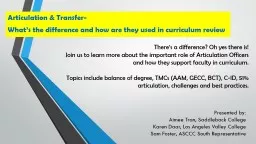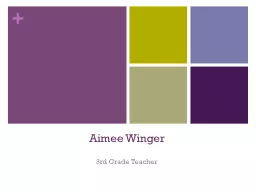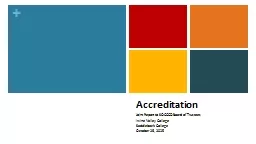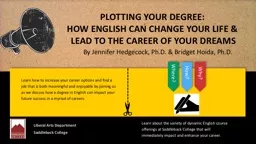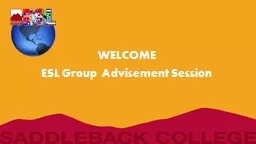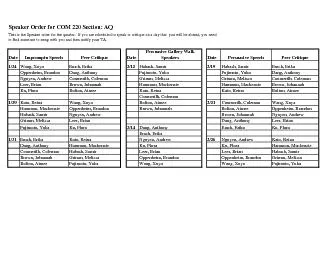PPT-Presented by: Aimee Tran, Saddleback College
Author : faustina-dinatale | Published Date : 2019-11-19
Presented by Aimee Tran Saddleback College Karen Daar Los Angeles Valley College Sam Foster ASCCC South Representative Articulation amp Transfer Whats the difference
Presentation Embed Code
Download Presentation
Download Presentation The PPT/PDF document "Presented by: Aimee Tran, Saddleback Co..." is the property of its rightful owner. Permission is granted to download and print the materials on this website for personal, non-commercial use only, and to display it on your personal computer provided you do not modify the materials and that you retain all copyright notices contained in the materials. By downloading content from our website, you accept the terms of this agreement.
Presented by: Aimee Tran, Saddleback College: Transcript
Download Rules Of Document
"Presented by: Aimee Tran, Saddleback College"The content belongs to its owner. You may download and print it for personal use, without modification, and keep all copyright notices. By downloading, you agree to these terms.
Related Documents

